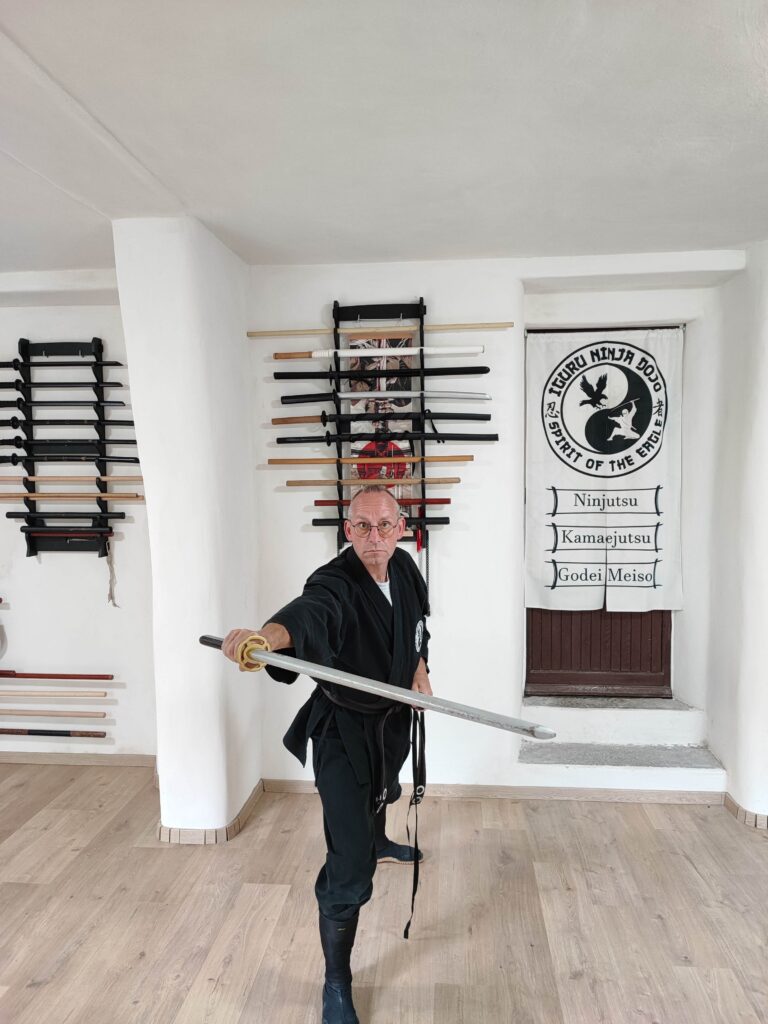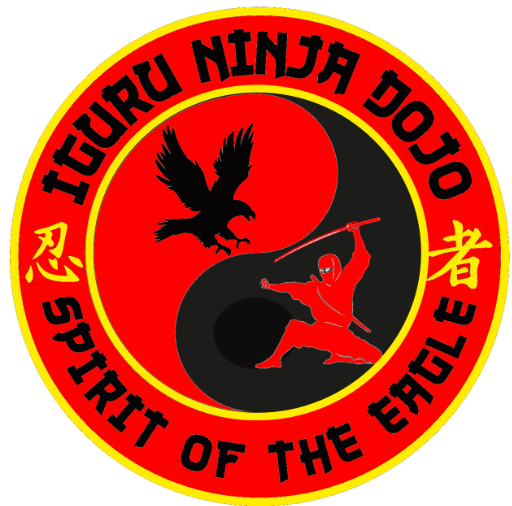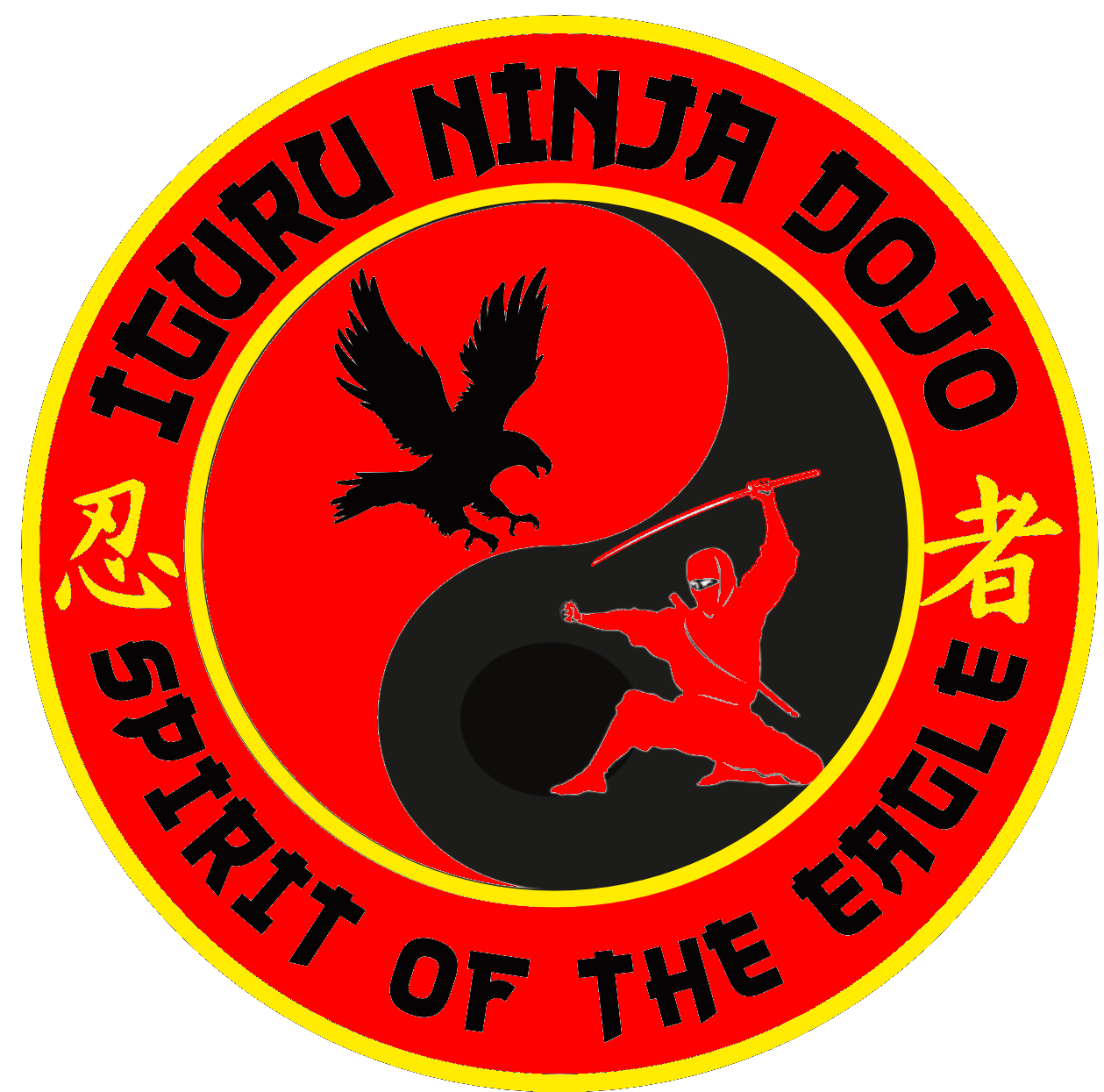Ninjutsu:
The history of the Ninja
~
The styles of our Dojo
~
The Iguru Ninjutsu Ryu
The name ‘Ninjutsu’
‘Nin’ is derived from the old name used for Ninjas ~ Shinobi. The word ‘Jutsu’ translates into ‘Techniques’. So the whole word of ‘Ninjutsu’ holds many meanings within. When combined with the Japanese word for ‘Teachings’ (Ryu) ~ simply put, it is ‘Teachings of Ninja (survival) techniques’.
There are many stories and movies about Ninjas and the art of Ninjutsu. The recent discovery of documents, dating back to the Heian period (794-1185) in Japan, have added to the mystery surrounding their true identity. Some claim they were mercenaries, acting secretly against Samurai and emperors. Others claim they were the secret service of the Samurai forces defending the emperors of Japanese regions.
There are many books and scrolls, all interpreted and passed on by different teachers inside and outside Japan. In fact, there is so much information, it is hard to know what is true or false, especially as any historic language translation is an interpretation. But scholars all agree on one point: Ninjas were skilled.
The techniques of the Ninja and the skills of the Samurai have their origins in more than one discipline. Samurai and Ninja combat and mental skills were fused into a self-defence martial art we now know as Ninjutsu.In itself, this martial art was developed over centuries, possibly thousands of years. Many of the schools with origins in Japan have now been handed over by their masters to new generations to carry on the legacies of knowledge.
Read about the Ninjutsu style taught in our school (Dojo), both combat- and non-combat style (Kamaejutsu), and our whole Ninjutsu way-of-life (Ryu)below…
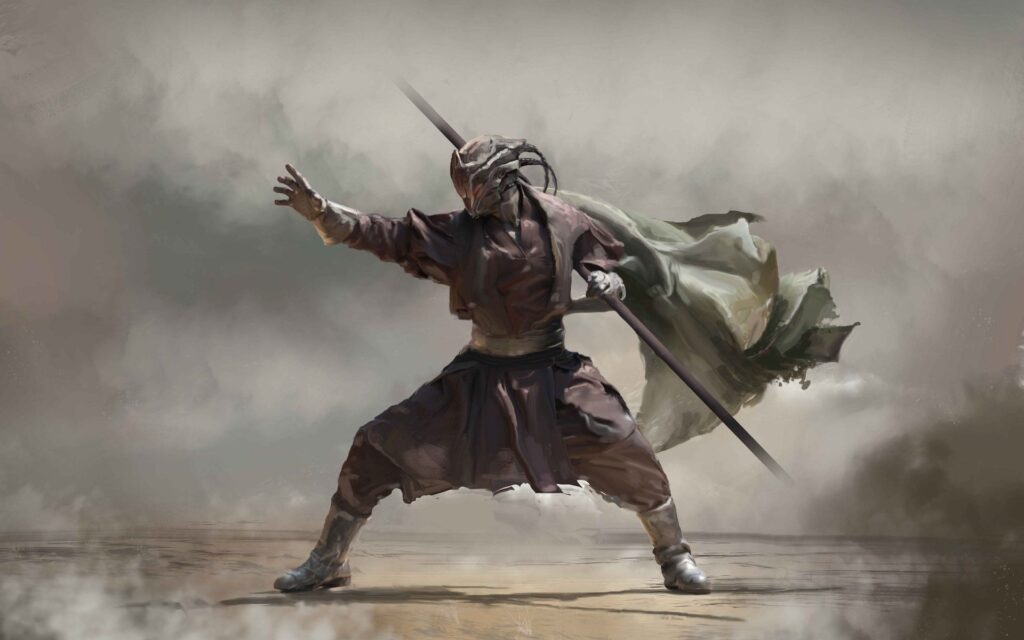
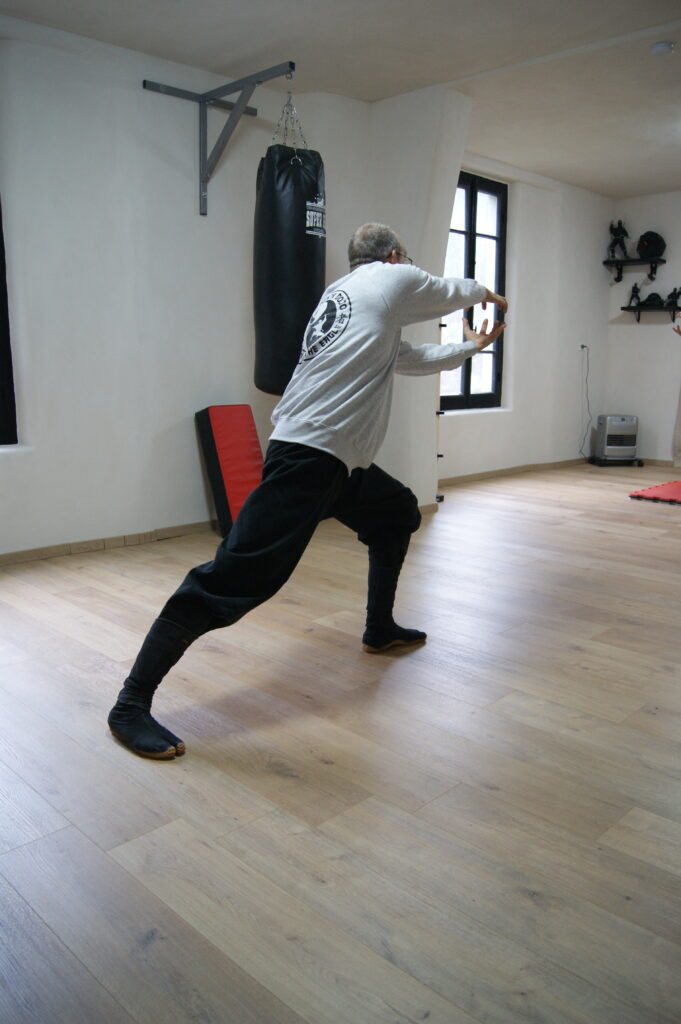
Kamaejutsu
There are many postures and stances in Ninjutsu, which are called Kamae in Japanese. Kamae are the foundation of our Iguru Ninjutsu Ryu (teachings). Kamae are used to train the basic stances and postures of our body. These are usually performed in motion, so we combine all the postures in a gentle flow to train our muscles and brain. Kamaejutsu are all the techniques where we perform these postures.
We train Kamaejutsu as our “non-combative style”, so you can train with us without the attack and defense elements of our style.
In Kamaejutsu, we also train to improve our mental health using breathing techniques to become relaxed and at ease with all the different stances. We have empty hand techniques as well as Kamae with weapons, but we perform these latter techniques as postures rather than in a combative way.
We perform our Kamaejutsu techniques in series of postures in motion, called Kata. During our studies of postures and stances we introduced the Kamaejutsu Flow. These are series of techniques we use to balance and focus. Every flow we learn during our study of Kamaejutsu can be combined to the previous flow we learned.
So if you are looking for a way to get in shape, bring some mental calm and focus into your life and train in our art without the martial part, Kamaejutsu is the style for you.
Iguru Ninjutsu
The Japanese word for ‘Eagle’ is ‘Iguru’. It is derived from the first name of our founder, as Arnout translates to ‘Spirit of the Eagle’.
As with most Ninjutsu styles outside of Japan, our Iguru style was formed after many years of study with a Ninjutsu master who himself trained in Japan for many years. Each master modernises the lessons he was taught and his knowledge is, in turn, taken by his students who follow a path to become teachers (sensei) themselves. In this way, Ninjutsu is always evolving. There are many styles of Ninjutsu over the world nowadays. Every sensei chooses a path and hopes his style and techniques will continue on with new generations of students.
The Iguru style is my homage to all that is past and all that I have learnt, as well as my personal adaptations to bring the way of the Ninja to meet with today’s needs and today’s students.
We use empty hand defending and attacking techniques, as well as traditional and modern weapons. Our style is a modernised version of the ancient Japanese Ninja and Samurai techniques.
We combine physical and mental techniques to ensure the practitioner remains calm in every possible situation. Unlike many martial arts, Ninjutsu is not a competition sport. Our techniques were used on the battlefield and in life-and-death situations. That is why Ninjutsu can be dangerous if used by people who are not balanced or not in the right mental state. This is also why meditation is a very important part of our style. During training we also have meditation lessons. This is part of our traditional way. Our meditation is based on the five elements: Earth, Water, Fire, Wind and Void. If you want more information on our meditation go to Godaimeiso.com
